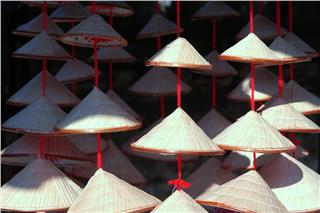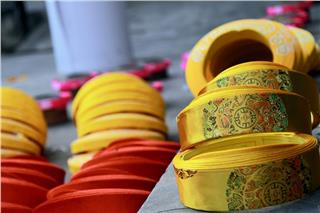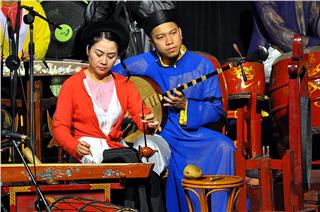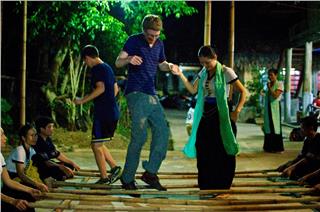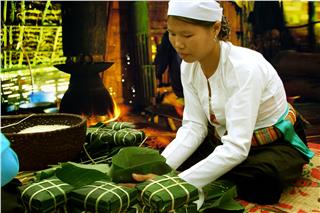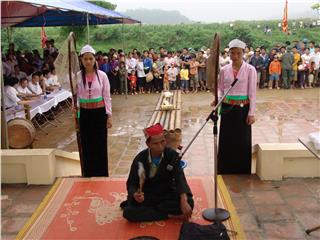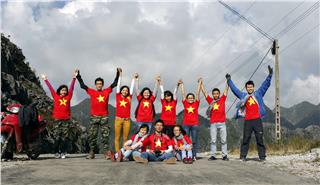Dao Thuc folk water puppetry in Vietnam
Sat, 27 Sep 2014 . Last updated Thu, 25 Jun 2015 08:51
-
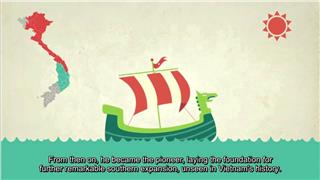 Vietnam – The S-shaped country 10092 viewed
Vietnam – The S-shaped country 10092 viewed -
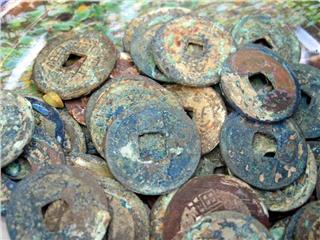 Ancient Vietnamese coins – Episode 1 9425 viewed
Ancient Vietnamese coins – Episode 1 9425 viewed -
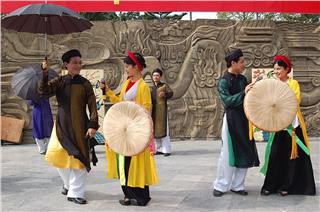 Special cultural features of Quan Ho singing 8586 viewed
Special cultural features of Quan Ho singing 8586 viewed -
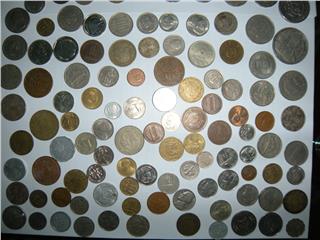 Ancient Vietnamese coins – Episode 2 8399 viewed
Ancient Vietnamese coins – Episode 2 8399 viewed -
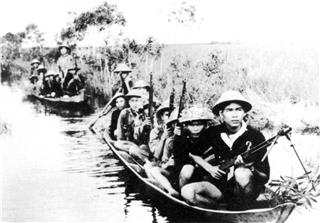 Vietnam History 1858-1945 7168 viewed
Vietnam History 1858-1945 7168 viewed -
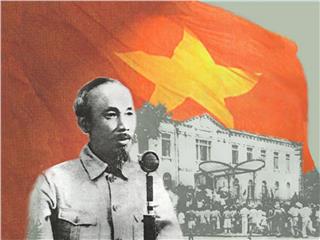 The Vietnamese Proclamation of Independence 6690 viewed
The Vietnamese Proclamation of Independence 6690 viewed -
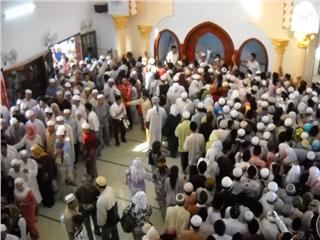 Cham Muslims in An Giang 6123 viewed
Cham Muslims in An Giang 6123 viewed -
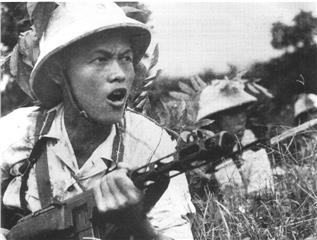 Vietnam history 1945-1954 6002 viewed
Vietnam history 1945-1954 6002 viewed -
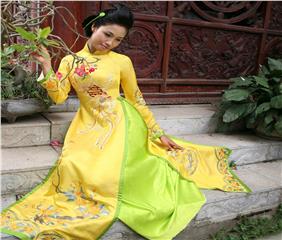 Predestined love tie with Ao Dai - Vietnamese long dress 5706 viewed
Predestined love tie with Ao Dai - Vietnamese long dress 5706 viewed
Vietnamese water puppet or “roi nuoc” is one of the most attractive things for tourists when coming to Vietnam. It is something tourists should miss out, even if their schedule is very tight.
The water puppetry is attractive, colorful and of course it is taken placed under the water. The secret of how puppeteers control the puppets from beneath the water has been passed down from generation to generation. Vietnamese farmers are creative. Not only have they been really hard working in creating rice and creating crops but at the same time they have managed to use other tools as well as their creativity to create something we call water puppetry or roi nuoc. The puppetry is representative of the daily life of people here in Vietnam. Today, tourists from across the globe can watch a contemporary adaptation of water puppetry in the Hanoi city center. Live music and subtitle storytelling accompany with visual performance making the tourists great experience.
Dao Thuc village is about 30 kilometers from Hanoi. Located in a suburban commune of Dong Anh district, Dao Thuc has over 300-year-history of water puppetry. For thousands of years, Vietnamese farmers have lived by farming. Their most important job is to cultivate wet rice. All the stages of rice cultivation can be introduced within a water puppet show. Out of cultivating time, water field is the main area where peasants earn their lives by raising duck, catching fishing ground. The farmer artists have brought all activities to water stage.
Dao Thuc water puppet art troupe was formed in 17th century by Dao Dang Khiem, who used to be a high-ranking royal mandarin. When he retired, he lived in seclusion in the village and he taught the villages about the art as well as some other trades. That’s why the villagers worshiped him as the tutelary god. Dao Thuc villagers have special custom. Anyone who starts to learn the trade has to present themselves in front of the tutelary god. Before each show, the performers come here to burn incense to commemorate their ancestor. According to Phong who has worked as a puppeteer for more than 30 years, they give about 20 performances each month. These performances mainly serve for visitors.
From these pieces of wood, the artisans have to whittle many times until it takes a shape of the fish. The wood is divided into 3 parts, polished again and again. After polishing, it is painted and decorated in different colors. Finally, there parts of the wood are strung together to create a flexibility and liveliness of the fish. These puppets are handmade and hand-painted by skill hand of Vietnamese craftsmen. The big water puppets were made of solid wood and covered with lacquer which is waterproof and long lasting. Each puppet is the beautiful wood sculpture and painting work requiring great talent and so much time.
The highlight of Dao Thuc village is Thuy Dinh, the water puppet stage set up on a beautiful pond surrounded by green trees. It is where the local villagers organize the water puppet shows for visitors. In the old days, the puppeteers didn’t have the uniform to prevent the cold. But with a passion for the job, they fell warm in their hearts. They also have a tip passed down from previous generations. Before going into the water, they drink salt water to warm their body and prevent the blood from coagulation. Now they have a special uniform made of plastic. It helps the puppeteers from being cold as they have to dip in the cold water for at least one hour. To perform the show, the puppeteers themselves hide behind a long screen. From behind the screen, they need to control the water puppets with bamboo rods. They stand deep into the water and use the water puppets on the floor. There are different kinds of puppets. Some are controlled by rods, some are controlled by both rods and strings. The important thing is how to keep a rod under the water, but puppets still float on the surface of the water. In the past, it is only passed down the son and daughter-in-law, not the daughter. But today, it is passed down to the young generation as well and anyone from foreigners to little ones so that everyone can enjoy the art of water puppetry.
Source: VTV4 – VTV.vn
- Tags:
- Vietnam Water Puppet
- Vietnamese Water Puppet
- water puppet show
- water puppet performance
- Vietnamese traditional water puppetry
- Dao Thuc village
- Dao Thuc water puppet art troupe

